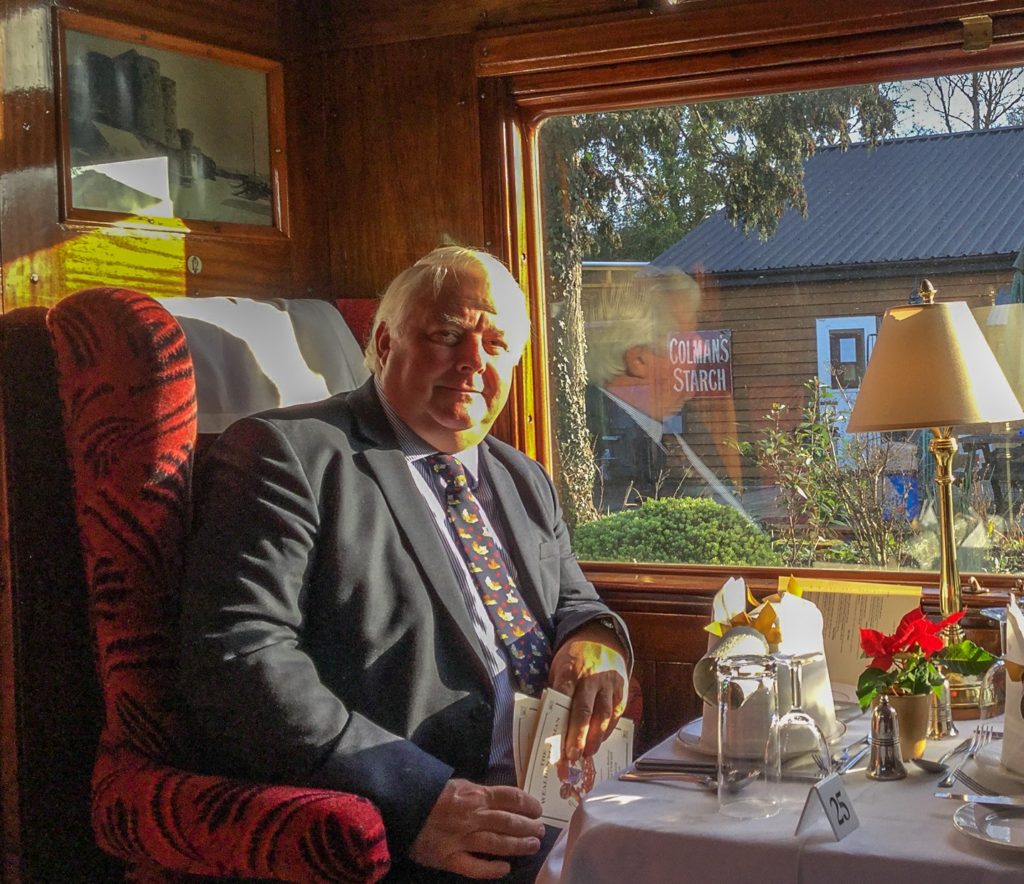The Kent & East Sussex Railway (K&ESR) believes it is the first heritage line in the UK to start using biodiesel.
First tests are encouraging and Locomotive Delivery Manager David Brenchley says the move will increase the railway’s green credentials.
Although best known for its steam locomotives, which are up to 150 years old, the K&ESR also operates a regular diesel service.
Mr. Brenchley said: “We all know that burning fossil fuel is bad for the planet, but heritage railways are limited in what we can do to reduce our emissions.”
Between them, the heritage lines use a steady 35,000 tonnes a year and the problem sourcing coal is starkly illustrated by figures revealing the collapse of the UK mining industry.
In 1913, an astonishing 292,000,000 tonnes were produced. By 2020 this had fallen to 1,700,000 tonnes and by 2025 it will be just 2,500 tonnes, largely from the Forest of Dean. Source Heritage Railway Association.

Mr Brenchley said: “There are some ‘coal replacements’ on the market, but nothing that seems to meet all our requirements currently.
“Bio diesels, on the other hand have been around for some time. The original bios were a bit iffy, to say the least. They required alterations to machinery and would not mix with normal diesel.”
However there is now a premium hydro-treated vegetable oil (HVO) made from sustainable raw materials, which releases just 195kg of greenhouse gas for every 1,000 litres of diesel burned, compared to 3,600kg for traditional diesel.
Some of the first delivery of 2,000 litres was used by the diesel observation train that runs during August weekdays and it was reported as having ‘never run so well’.
Mr Brenchley said: “We want to ensure that where we can, we are doing our bit for environmental responsibility. This new Crown HVO is made from renewable, sustainable raw materials, none which releases any new CO2 into the atmosphere.
“It looks like diesel, smells like diesel (don’t ask what it tastes like!) and will be tried on the diesels we operate. It wasn’t overly expensive and was delivered very quickly.”
The switch to bio diesel is just one of the green initiatives by the railway, including buying locally, and looking at waste re-use and recycling. Trustee Paul Vidler, a former town planner and a volunteer with the K&ESR for 50 years, said: ‘We can consider solar panels, wind turbines, heat pumps – how can we utilise our stations and buildings.
‘Our aim should be to make K&ESR a leader, not a follower, in sustainability and environmental responsibility.
‘There are so many ways we can lead by example, while at the same time preserving one of the loveliest heritage lines in the country.’
The Kent & East Sussex Railway runs through more than 10 miles of beautiful Rother Valley countryside, from Tenterden to Bodiam, and in normal times attracts 90,000 visitors a year.
Covid restrictions meant it was closed for much of last year and this year’s service has been disrupted by lockdowns, but trains are now running again.
Details of train services can be found on the K&ESR website. kesr.org.uk
Featured lead photo above: Green is clean – the little Terrier locomotive on the right will always win the hearts of visitors to the Kent & East Sussex Railway, but the diesel railcar wins hands down when it comes to being environmentally-friendly. Image courtesy of Ian Scarlett.


